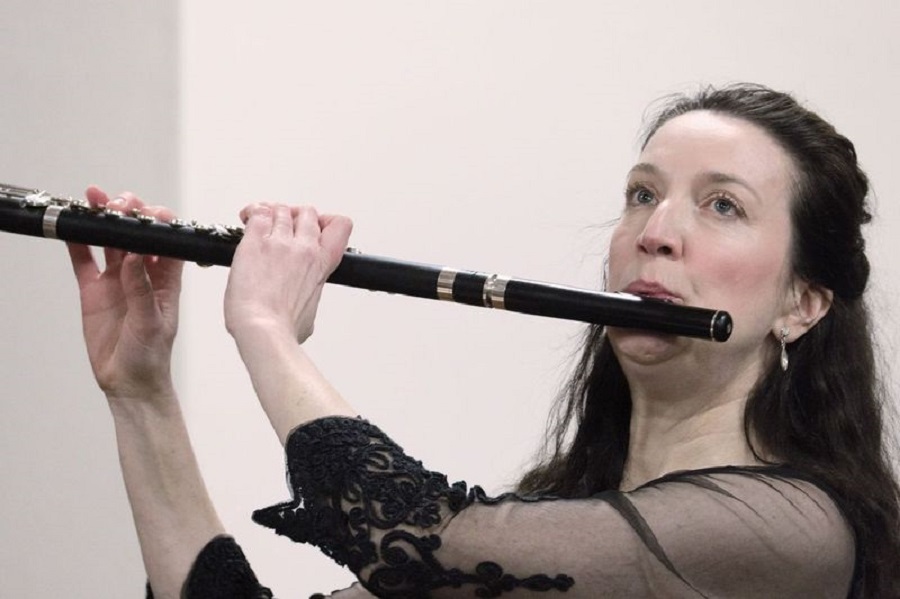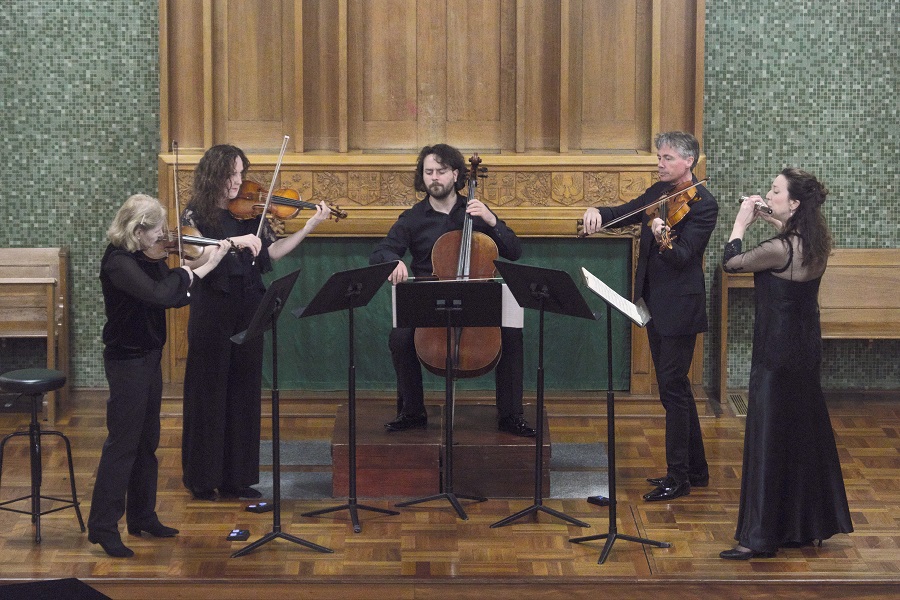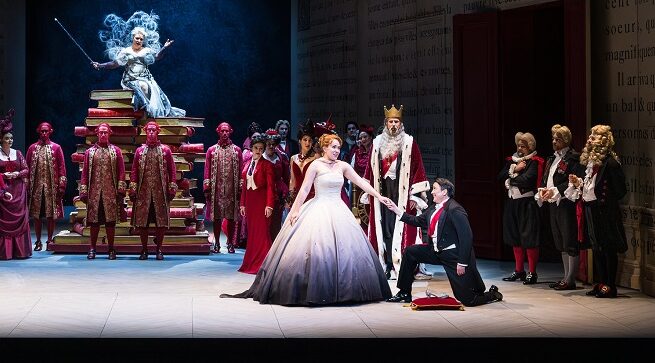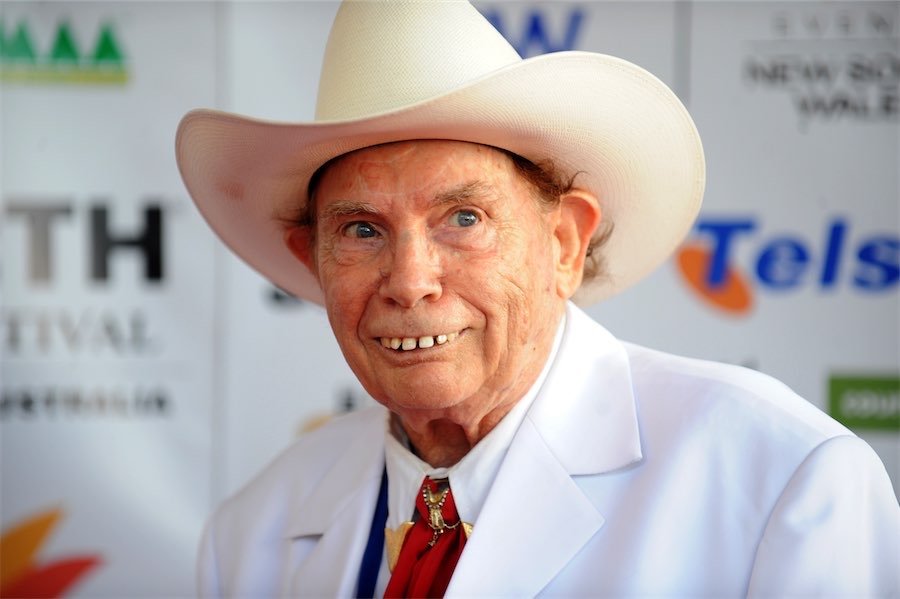
Music / Music Fit for a King, Sally Walker and Friends. At Wesley Uniting Church, September 7. Reviewed by HELEN MUSA.
In a rare treat for Canberra music lovers, flautist Sally Walker joined by musician-collaborators from Adelaide, brought to life the flute quintets of Italian composer Luigi Boccherini.
This is been a labour of love for Walker who, having picked up Boccherini’s sheet music during lockdown, had instantly fallen in love with his flute compositions.
Though famed as a very greatest cellist, the composer’s attention to the flute has led to her undertaking research under the title Boccherini’s Gold, into the ordering of his works, part of her day job as senior lecturer in classical performance at the ANU.
An opportunity for a rehearsed concert/rehearsal in Adelaide led to the recording of the recently-released double album, Boccherini Chamber Works for Flute and to a tour which has now seen violinist Elizabeth Layton, violinist Alison Rayner, violist Stephen King and cellist Thomas Marlin, all from Adelaide, join Walker on the podium in Canberra, Sydney and Adelaide.

As for the title, Music Fit for a King, it turns out that that Boccherini was roughly contemporaneous with Wolfgang Amadeus Mozart and the king, patron to both, was Frederick Wilhelm II of Prussia.
Walker believes that there are musical links between the composers despite their differing cultural backgrounds.
One thing which singled out this repertoire is that Boccherini’s six flute quintets, differ from conventional compositions in each having two movements only.
This, as well as increasing the accessibility for the audience, who sometimes applauded between movements with Walker’s blessing, allows for dramatic emotional variations which were obvious throughout, with many of the quintets concluding in a minuetto or social dance.
The concert opened dramatically with a string fanfare from Flute Quintet Opus 19 no. 6, subtitled Las Parejas, in reference to a Spanish horse race – but more of that later — before Walker took to the stage.
A change of mood came in Flute Quintet Opus 19 no. 1, featuring lively interplay between the flute and the high strings, with a passionate cello underlay, followed by a light minuetto.
The third work, Flute Quintet Opus 19 no. 2, featured a substantial cello part played by Marlin, above which Walker’s flute rose.
Mozart’s ravishing Flute Quartet No.1 in D Major, K. 285 followed as the meat in the Boccherini sandwich.
Here Walker was joined by a string trio for the three-movement work in which her deeply-felt flute was dominant, answering the unspoken question of why to program Mozart in this concert.
For me the most fascinating part was the central adagio, which has been described as a kind of flute “aria” where the strings written in an unusual monarchy but we underscore the flute throughout with quiet pizzicato, including an unusual cello pizzicato.
After a short pause it was back to Boccherini, the main thrust of the concert, with Flute Quintet Opus 19 no. 4. Here all ears were on the very slow opening adagio assai movement which provides a strong cello melody for Marlin.
Flute Quintet Opus 19 No 5, followed, fascinating for musicologists because of its almost symphonic composition throughout, but with the flute losing no punch.
The concluding work Flute Quintet Opus 19 no 6, Las Parejas, (the aforementioned horsey work) returns to the music used in the opening fanfare in a showy segment, the Galope, where the two violins, then the cello and the viola perform in separate octaves, (like horsemen holding hands in the race) as Walker’s beautiful flute asserts itself before a surprisingly quiet ending.
Who can be trusted?
In a world of spin and confusion, there’s never been a more important time to support independent journalism in Canberra.
If you trust our work online and want to enforce the power of independent voices, I invite you to make a small contribution.
Every dollar of support is invested back into our journalism to help keep citynews.com.au strong and free.
Thank you,
Ian Meikle, editor




Leave a Reply